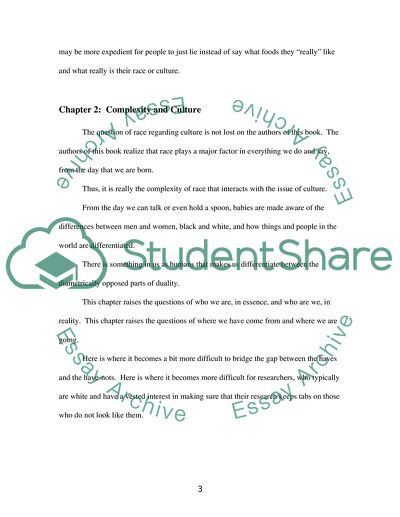Cite this document
(New Horizons in Multicultural Counseling Literature review, n.d.)
New Horizons in Multicultural Counseling Literature review. Retrieved from https://studentshare.org/culture/1733891-mutlicultural-counseling
New Horizons in Multicultural Counseling Literature review. Retrieved from https://studentshare.org/culture/1733891-mutlicultural-counseling
(New Horizons in Multicultural Counseling Literature Review)
New Horizons in Multicultural Counseling Literature Review. https://studentshare.org/culture/1733891-mutlicultural-counseling.
New Horizons in Multicultural Counseling Literature Review. https://studentshare.org/culture/1733891-mutlicultural-counseling.
“New Horizons in Multicultural Counseling Literature Review”, n.d. https://studentshare.org/culture/1733891-mutlicultural-counseling.


